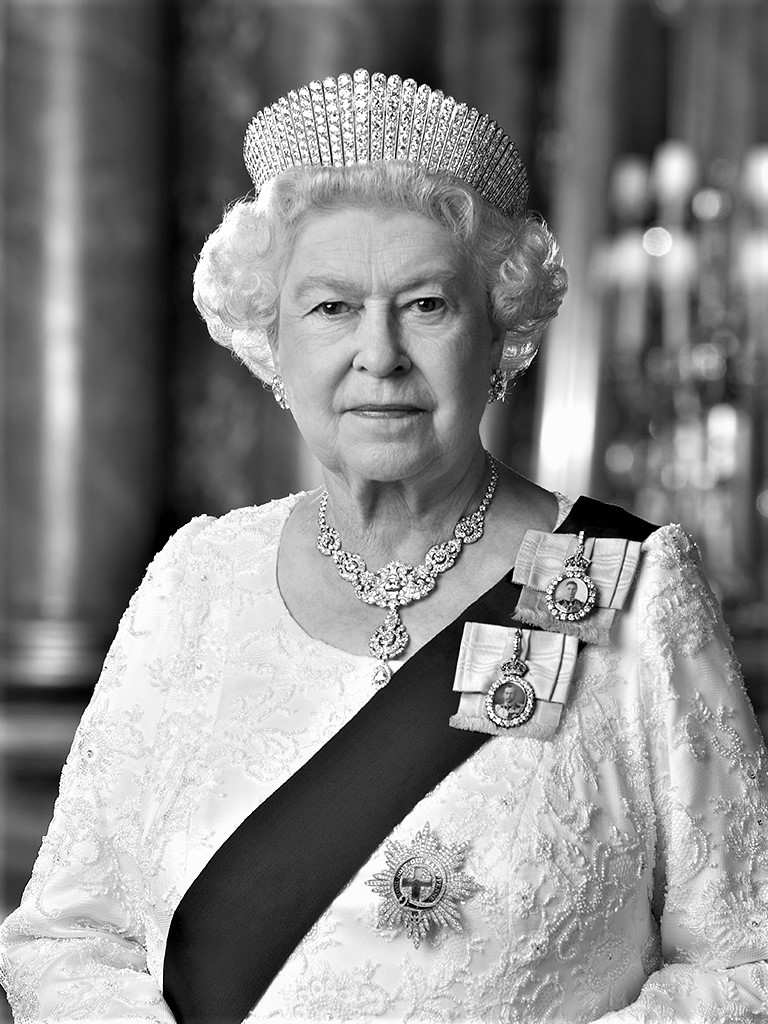How We Test Children's Hearing
Our team will use different types of assessment to try and assess how well your child can hear. Some assessments require your child to be alert, co-operative and “play listening games” with a member of the team, and other assessments may require your child to be quiet, still or asleep while the assessment is carried out. The appointment letter will advise on the approximate length of time the appointment may take, and if your child is required to be asleep during testing.
Here is a brief description of some of the types of hearing assessment that may be carried out within our service:
Here is a brief description of some of the types of hearing assessment that may be carried out within our service:
Otoacoustic Emission (OAE)

This is a hearing assessment that requires a small earpiece to be placed in the ear which generates a clicking sound and the equipment measures the response and gives an outcome. Your child will need to be very still and quiet when this assessment is carried out.
There are many reasons why a clear response may not be obtained and the audiologist carrying out the assessment will discuss these with you.
Auditory Brainstem Response Audiometry (ABR)

The ABR assessment involves small sensors being placed on your baby’s forehead and behind both ears. In order to place the sensors in position, we may need to lightly exfoliate your baby’s skin.
Small headphones or soft tipped insert earphones are used to play a series of sounds into your child’s ears. A computer measures how well your child’s ears respond to these sounds
An ABR is usually carried out when your baby is asleep or very settled. The ABR can take up to 2 hours and sometimes more than one appointment is required to complete the assessment. The Audiologist carrying out the ABR will explain the outcome and discuss any further assessments required.
As your child gets older, behavioural assessments become more appropriate and can provide more information about a child’s hearing. Toys and games are used to establish what your child is hearing. The Audiologist carrying out the assessments will explain the outcome and discuss appropriate action.

Visual Reinforcement Audiometry (VRA)
Sounds of different pitches and loudness are played to your child. When your child turns to the sound they are rewarded by a flashing toy or a moving image.

Conditioned Play Audiometry
This assessment appears like a game, your child is encouraged to complete a small task, for example placing a toy into a box, when they hear each sound through a speaker and/or headphones.

Pure Tone Audiometry
This test is appropriate when your child is able to cooperate to press a button in response to a presented sound. This is normally used for older children.

Speech Assessments
The Audiologist may conduct some speech assessments which are helpful in observing how well your child is picking up speech at different levels of volume. The Audiologist may also be looking to see if your child is relying on visual cues to help with speech discrimination.
Tympanometry
This is not a hearing test, it is a quick test to check how well the middle ear, the part behind the ear drum) is working.
We will place a small earpiece into your child’s ear canal which will measure the eardrum movement in response to a light pressure.
We will place a small earpiece into your child’s ear canal which will measure the eardrum movement in response to a light pressure.
It is always important to share any concerns you have about your child’s’ hearing with the Audiologist carrying out the assessment. Parental/carer feedback is always valuable!

